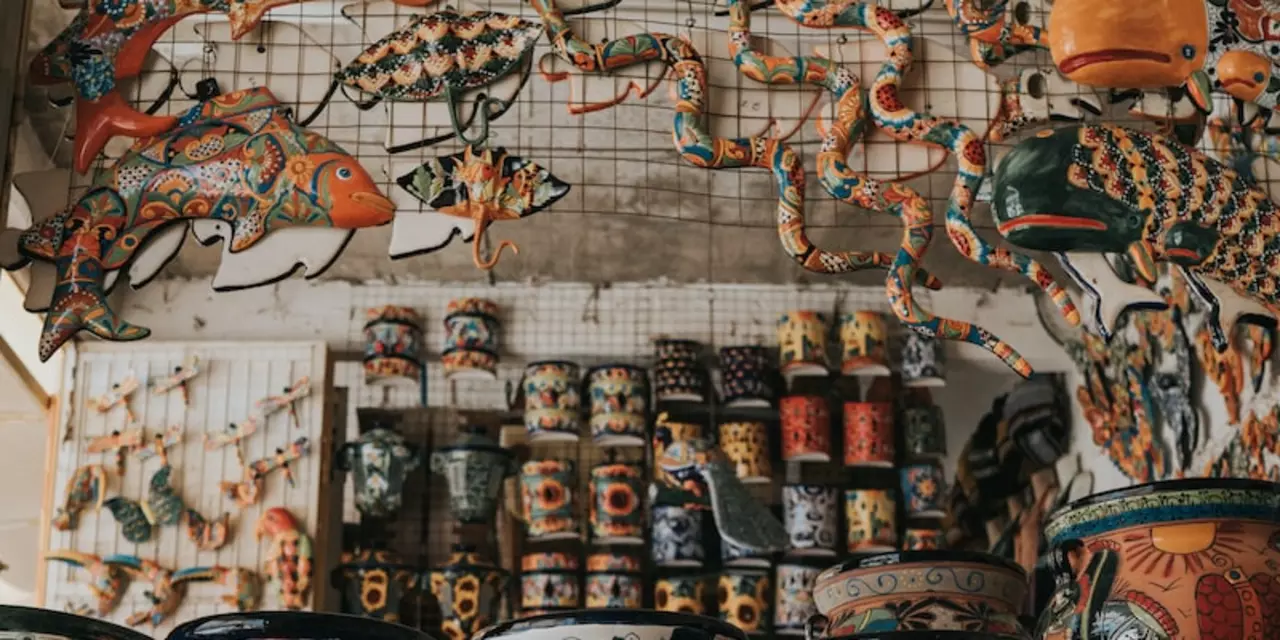Mexico Sports Therapy Guide – Boost Performance & Prevent Injuries
If you’re training in Mexico, you’ve probably felt the heat, the altitude, or the crowded gyms. Those factors can push your body harder, but they also raise the risk of strains, sprains, and fatigue. The good news? A few simple habits and the right therapy support can keep you playing at your best without sidelining yourself.
Top Health Tips for Mexican Athletes
First off, stay hydrated. Mexican climate can swing from humid coastal breezes to dry desert air, so drinking water throughout the day isn’t optional—it’s essential. Aim for at least 2‑3 litres a day, and add electrolytes when you’re sweating heavily during a match or a long run.
Second, respect altitude. Cities like Mexico City sit over 2,200 metres above sea level, meaning less oxygen for every breath. Gradually increase intensity over a week or two instead of diving straight into intense intervals. Your body will adapt, and you’ll avoid nasty headaches or dizziness.
Third, warm‑up like you mean it. A quick 5‑minute jog followed by dynamic stretches—leg swings, arm circles, hip openers—prepares muscles for the demands of sport. Skipping this step is a common shortcut that leads to tears and bruises.
Fourth, fuel smart. Traditional Mexican meals are tasty, but balance carbs, protein, and healthy fats to sustain energy. Think beans and rice paired with grilled chicken, avocado, and plenty of veggies. A post‑workout snack of fruit and nuts helps repair muscles faster.
Finally, prioritize sleep. A solid 7‑9 hours lets your nervous system reset and repairs micro‑damage from training. If you’re traveling for tournaments, bring a sleep mask and keep a consistent bedtime to stay on track.
Where to Find Trusted Sports Therapy in Mexico
Now that you’ve got the basics down, you’ll want professional help when you feel a niggle or after a tough competition. Mexico boasts a growing network of sports therapists who blend modern techniques with local know‑how. Look for clinics that advertise certified physiotherapists, massage therapists, and sports medicine doctors. Many offer first‑time consultations—you can ask about their experience with specific sports like football, boxing, or track.
If you’re near major cities like Guadalajara, Monterrey, or Cancún, you’ll find facilities that also provide hydrotherapy pools, electrical stimulation, and tailored rehab programs. For smaller towns, check community health centers; they often partner with local universities to offer affordable therapy sessions.
Don’t forget to read reviews. Athletes love sharing their experiences on social media, so a quick search for the clinic’s name can reveal real‑world feedback. Ask about insurance coverage too—some plans in Mexico include physiotherapy, which can cut down on out‑of‑pocket costs.
When you book an appointment, be ready to discuss your training routine, any recent injuries, and your goals. The best therapists will create a plan that mixes active recovery (like low‑impact cycling) with hands‑on work (deep tissue massage, joint mobilization). They’ll also teach you home exercises to keep the progress going between visits.
Remember, consistency beats intensity. Regular check‑ins—every 4‑6 weeks—keep minor issues from turning into serious setbacks. Plus, staying in touch with a therapist helps you fine‑tune technique, improve flexibility, and boost overall performance.
Whether you’re a weekend kicker, a college runner, or a pro footballer, using these health tips and finding the right therapist can make a huge difference. Mexico offers a vibrant sports scene; you just need the right tools to stay ahead of the game.
